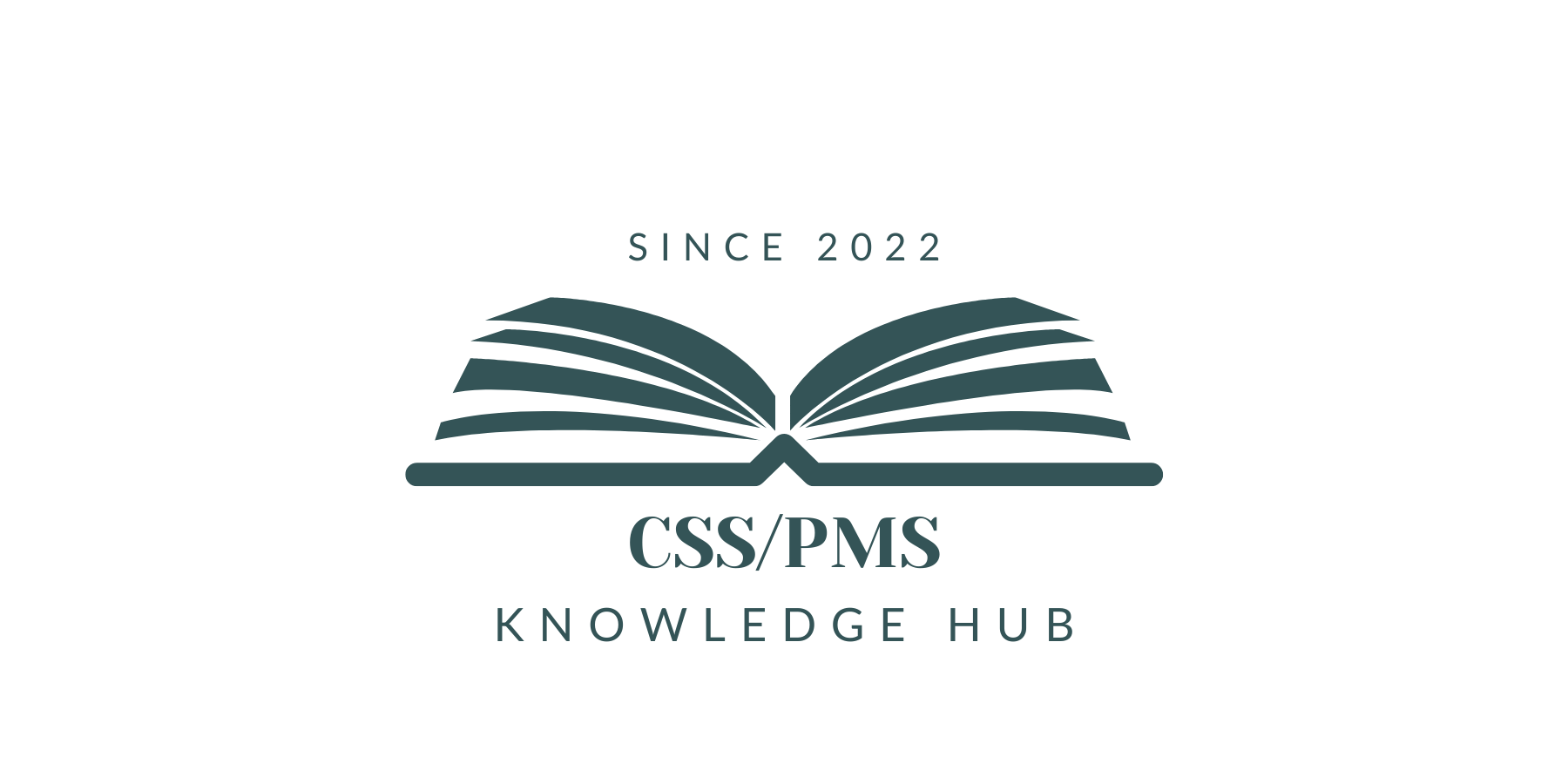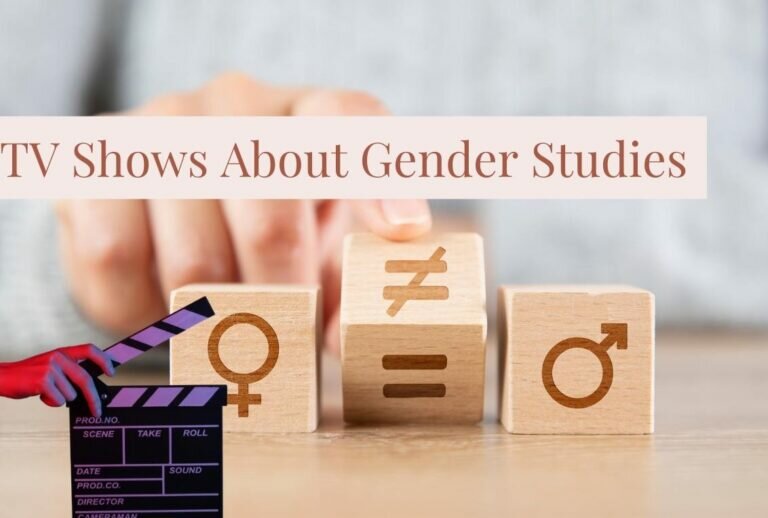What is feminist meaning in Urdu? |حقوق نسواں کیا ہے؟
Since feminism is becoming very popular in the world, People living in Pakistan are also taking interest in global movements. They are becoming familiarized gradually and thousands of people from Pakistan search the exact meaning of feminism in their national language. They want to learn what is feminism. Who is a feminist? What is feminist meaning in Urdu? That’s why I’m here today to tell you clearly about all of these questions. This post entails clarifying the definition of the term in both English and Urdu so that readers will understand what it means. Furthermore, in this blog, you can read about the waves of feminism.
What are feminism and feminists?
Feminism is a movement that seeks equal rights for women in major spheres of life. These spheres include economic, political, and social life. And feminists are those who actually support feminism. Feminism has its roots primarily in the West, but it has spread around the world. Several organizations work to promote the rights and interests of women.
حقوق نسواں کیا ہیں؟
حقوق نسواں ایک ایسی تحریک ہے جو زندگی کے بڑے شعبوں میں خواتین کے لیے مساوی حقوق کی خواہاں ہے۔ ان شعبوں میں معاشی، سیاسی اور سماجی زندگی شامل ہے۔ اور فیمنسٹ وہ ہیں جو فیمنزم کی حمایت کرتے ہیں۔ حقوق نسواں کی جڑیں بنیادی طور پر مغرب میں ہیں، لیکن یہ پوری دنیا میں پھیل چکی ہے۔ خواتین کے حقوق اور مفادات کے فروغ کے لیے کئی تنظیمیں کام کرتی ہیں۔
Women were limited to home life for most of Western history. Their males were expected to participate in the public arena. Women were not allowed to own property, go to school, or take part in public life throughout Europe. In some regions of Germany, a husband could legally sell his wife during the middle ages.

Also read: Is Zealandia the 8th Continent
Rights Demanded by Feminist movements
Feminist movements have worked and still working for the rights of women to vote, run for office, work, earn equal pay, own property, receive education, have equal rights in marriage, and take maternity leave. Changes in female dress codes and acceptable physical activities for women have also been a part of feminist movements. Feminists have also worked to ensure access to contraception, legal abortions, and social integration as well as to protect women and girls from being raped, subjected to sexual harassment, and subjected to domestic violence.
حقوق نسواں کی تحریکوں کے مطالبات
حقوق نسواں کی تحریکوں نے خواتین کے ووٹ ڈالنے، عہدے کے لیے، کام کرنے، مساوی تنخواہ، اپنی جائیداد، تعلیم حاصل کرنے، شادی میں مساوی حقوق حاصل کرنے اور زچگی کی چھٹی لینے کے حقوق کے لیے کام کیا اور اب بھی کر رہی ہیں۔ خواتین کے لباس کے ضابطوں میں تبدیلی اور خواتین کے لیے قابل قبول جسمانی سرگرمیاں بھی حقوق نسواں کی تحریکوں کا حصہ رہی ہیں۔ حقوق نسواں نے مانع حمل، قانونی اسقاط حمل، اور سماجی انضمام کے ساتھ ساتھ خواتین اور لڑکیوں کو عصمت دری، جنسی ہراساں کیے جانے، اور گھریلو تشدد کا نشانہ بننے سے بچانے کے لیے بھی کام کیا ہے۔
Women’s rights campaigning is and has always been the major emphasis of feminist activism, but some feminists claim that males should also be freed from the restrictions of typical gender roles.
Also Read: Senate Pakistan: How they are Selected? What is STV?
Waves of Feminism
There are Four “waves” in the development of the contemporary feminist movement in the West.
The first wave included suffrage campaigns for women that supported their right to vote. It started in the late 19th and early 20th centuries. The women’s liberation movement, which made up the second wave, started in the 1960s. It promoted social and legal equality for women. A third wave that emerged in or around 1992 was noted for its emphasis on uniqueness and variety. A fourth wave, most known for the Me Too campaign, has also been theorized to have existed, beginning around 2012. It is using social media to protest sexual harassment, violence against women, and rape culture.
Also Read: Download CSS Books for Pakistan Affairs
حقوق نسواں کی لہریں
پہلی لہر میں خواتین کے حق رائے دہی کی مہم شامل تھی جو ان کے ووٹ کے حق کی حمایت کرتی تھیں۔ یہ 19ویں صدی کے آخر اور 20ویں صدی کے اوائل میں شروع ہوا۔ خواتین کی آزادی کی تحریک، جس نے دوسری لہر بنائی، 1960 کی دہائی میں شروع ہوئی۔ اس نے خواتین کے لیے سماجی اور قانونی مساوات کو فروغ دیا۔ ایک تیسری لہر جو 1992 میں یا اس کے آس پاس ابھری تھی اس کی انفرادیت اور تنوع پر زور دینے کے لئے نوٹ کیا گیا تھا۔
ایک چوتھی لہر، جو سب سے زیادہ Me Too مہم کے لیے مشہور ہے، کے وجود میں آنے کا نظریہ بھی دیا گیا ہے، جس کا آغاز 2012 کے آس پاس ہوا۔ یہ سوشل میڈیا کا استعمال جنسی ہراسانی، خواتین کے خلاف تشدد، اور عصمت دری کی ثقافت کے خلاف احتجاج کرنے کے لیے کر رہی ہے۔








One Comment